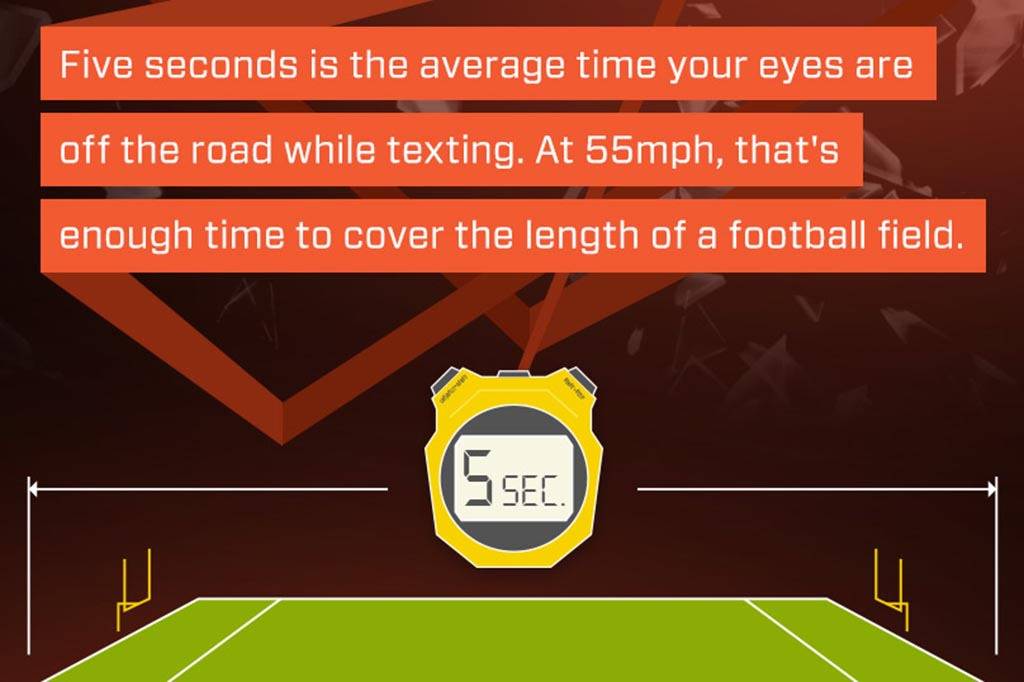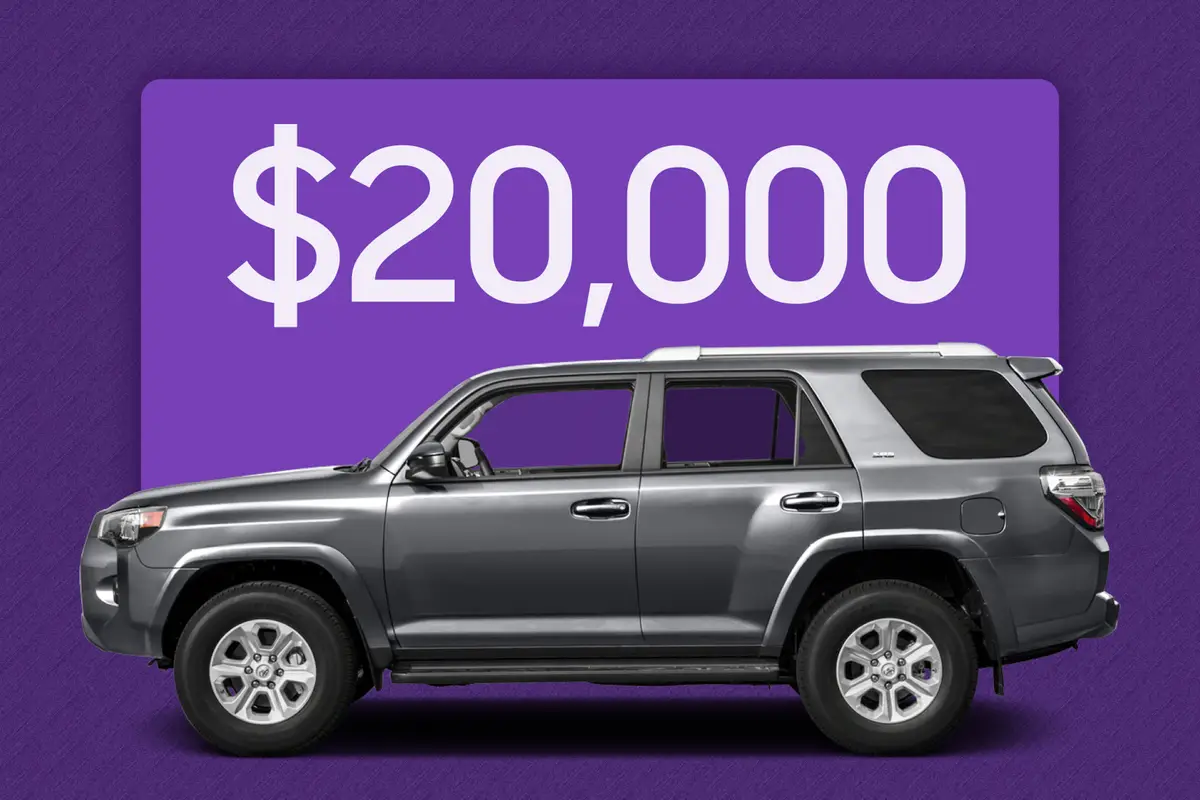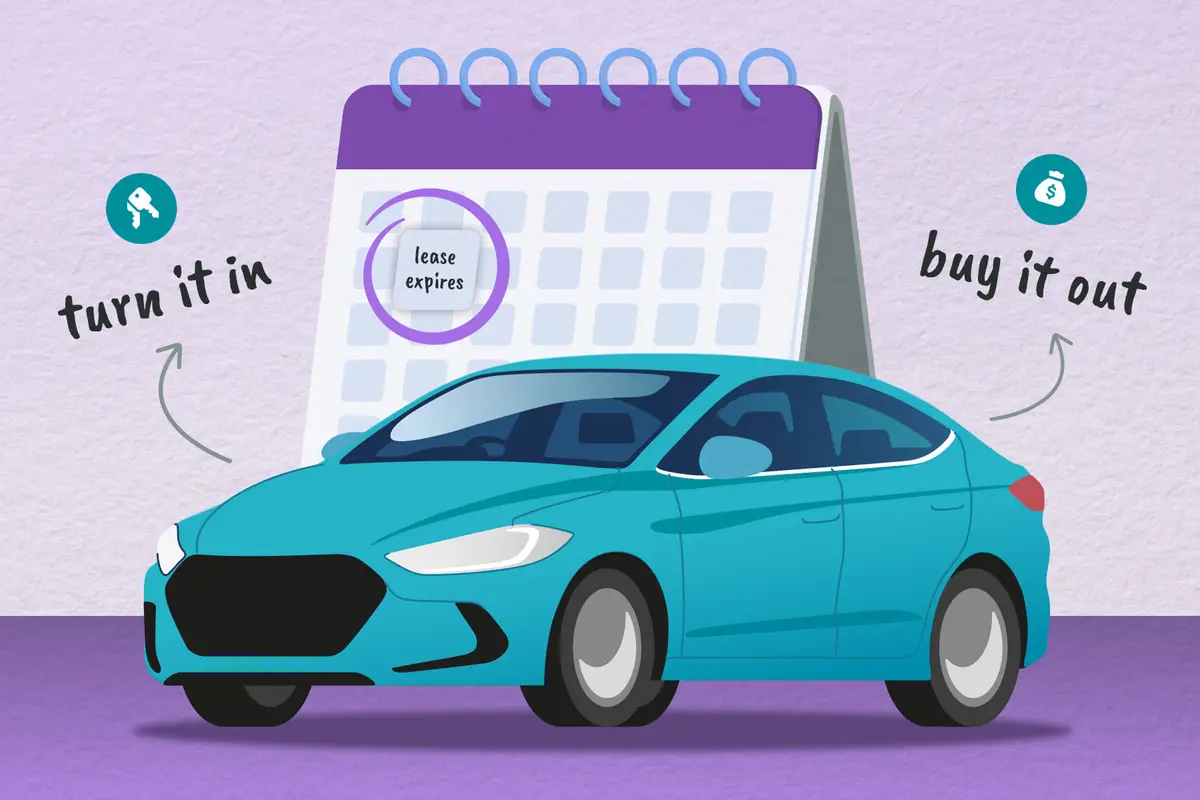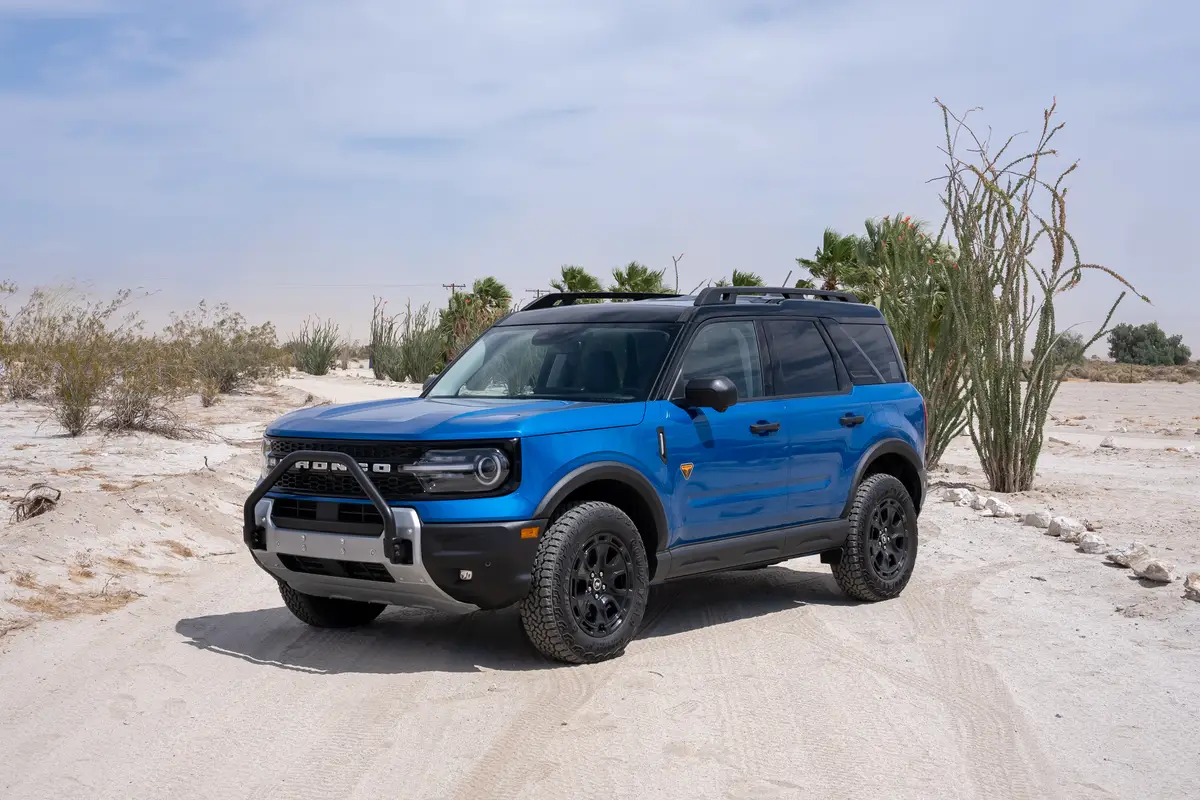If You're Texting, You're Not Driving


April is Distracted Driving Awareness month, and this national epidemic needs to be on the public’s radar not just this month, but every month. We know we shouldn’t text and drive, yet many of us still do it. Would you still text and drive if you knew that 3,154 people were killed and an additional 424,000 were injured in 2013 in distracted-driving accidents, according to the National Highway Traffic Safety Administration?
Related: AAA: Distracted Teen Driving Worse Than We Thought
NHTSA’s statistics paint a sobering picture of just how deadly distracted driving is:
- Seventy-one percent of young people have sent a text while driving, and 78 percent of young people have read a text while driving.
- Every time you look away from the road to text or read a text, your eyes are off of the road for an average of 5 seconds. That’s enough time to travel the length of a football field if you’re traveling 55 mph.
- Forty-nine percent of drivers younger than 35 text while driving, and that same percentage (49 percent) of adults say they’ve been in a car when the driver was texting.
Even if you are not an offender, you need to be doubly vigilant for distracted drivers around you. If you can believe it, at any given moment in time about 660,000 drivers are using hand-held devices while driving, according to a NHTSA study. That should make you think twice about trusting that the guy/gal driving next to you will stay in his/her lane.
If you’re not vigilant, the police will be. Texting and driving is illegal in 45 states. From April 10 to April 15, 2015, law enforcement is ramping up efforts to curb distracted driving with the national “U Drive. U Text. U Pay.” campaign. Strategies include roving police patrols, spotters strategically located on local and state roadways, and stationary police vehicles prominently placed around communities to observe and cite violators.
Here are NHTSA’s recommendations for curbing distracted driving in your own family:
- Turn off electronic devices and put them out of reach before starting to drive.
- Be good role models for young drivers and set a good example. Talk with your teens about responsible driving.
- Speak up when you are a passenger and your driver uses an electronic device while driving. Offer to make the call for the driver, so his or her full attention stays on the road.
- Always wear your seat belt. Seat belts are the best defense against unsafe drivers.
Even if you’re one of the diligent drivers who manages to put measures in place to refrain from texting and driving, what other ways might you be driving distracted? How many of you eat a quick breakfast or lunch on the go while driving, or allow your kids to cause a ruckus in the back of the car, taking your attention away from the road?
This month, take a few moments to think about how to curb your own distracted driving — regardless of what it is that’s distracting you. And if you need a little extra motivation for you or your loved ones, visit www.distraction.gov for some very real and very disturbing truths about the effects of driving distracted. Spoiler alert: The videos and photos of distracted driving accidents are graphic.

Former Senior Family Editor Kristin Varela blends work and family life by driving her three tween-teen girls every which way in test cars.
Featured stories




